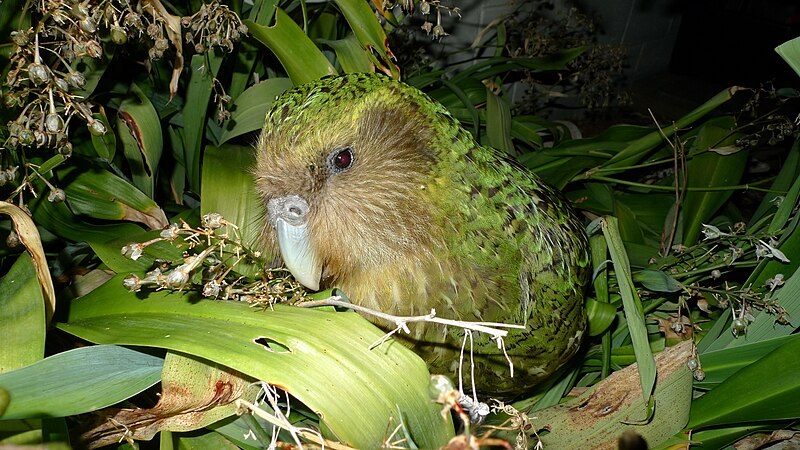News release
From:
Author comment from Rebecca French:
"Most animals are infected with viruses. The majority don’t cause disease in their natural host, but often disease occurs when viruses jump from one species to another, which can happen frequently because they are capable of evolving very quickly. New Zealand’s native fauna, including many taonga species on Pukenui/Anchor Island, are particularly vulnerable to viral disease due to their low genetic diversity and small population sizes. Currently it is not known what drives virus movement from one species to another. It could from their ecology (e.g. from a predator eating prey), and/or their relatedness (e.g. viruses jumping between songbird species because they are closely related).
"Using a ground-breaking technique called ‘metagenomics’ we can take a small swab of the animal and get information about all the viruses on the swab. This includes those infecting the animal and those in their diet. We collected samples from the ecological community on Pukenui/Anchor Island, aiming to include representatives from the entire food web – the first time this kind of study has been done. From this analysis we have not identified any known diseases of concern, which is very good news for the taonga species on Pukenui. However, we did find a rich viral community containing many novel viruses (i.e. previously undiscovered). We found that closely related hosts shared lots of viruses compared to hosts that were less closely related. This suggests that viruses can jump between closely related hosts more easily. In contrast, we found that hosts with similar diets did not share many viruses, suggesting viruses can’t easily jump between predators and their prey. We also found a cluster of host species that share many viruses, including the mohua, other songbirds and the Te Kakahu skink. This shows that if a disease-causing virus was introduced to the island in one of those species, it may be able to jump to other species in the cluster very quickly. However, the kākāpō was only distantly connected to this cluster, suggesting it is less at risk."



 Australia; New Zealand; NSW
Australia; New Zealand; NSW


